When it comes to planting, most people rightly assume that early spring is the best time to do it. In reality, there are many plants that are best planted in the fall! We understand that no one wants to tend to a needy plant in the chilly autumn days. So grab your gardening gloves, because we have five low-maintenance native plants that you can plant this fall!
You may be wondering, does it really matter if what we plant is native or not? It does! Native plants are beneficial to our ecosystem and help maintain nature’s balance. Exotic plants often require more work because they are not adapted to the conditions we grow them in. Additionally, non-native plants can be invasive and threaten local biodiversity.
Benefits of Native Plants
- Native trees support local wildlife that rely on their ecosystem for shelter and food.
- Native plants are less susceptible to native pests and diseases.
- Native plants are adapted to local conditions such as the temperatures and seasons. As a result, native plants typically require less maintenance (yay!).
- By planting native shrubs and trees, we reduce the risk of introducing an invasive species that can harm native plants.
Now that we know the benefits of native plants, let’s take a look at our list of low-maintenance shrubs and trees you can plant this season.
1. North Pole Arborvitae
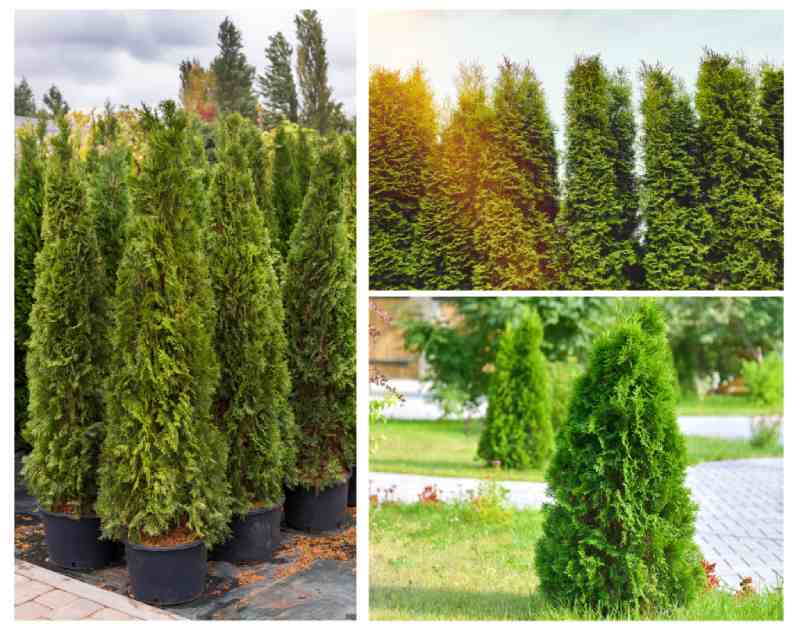
Most arborvitaes are hardy evergreens that are a great edition to any landscape. Whether you chose to plant it as a standalone tree, or together in a row of shrubs, the north pole arborvitae (Thuja occidentalis) requires little maintenance. It has a naturally slender shape, making it a great option for smaller yard spaces! You also do not need to worry about any major pruning – a summer shape up is all you need.
| Plant type | Coniferous Tree/Shrub |
| Foliage | Evergreen |
| Soil Moisture/pH | Dry to Moist / Slightly Acidic |
| Flower Colors | Yellow, Green, Brown |
| Sun/Shade Conditions | Sun – Partial Shade |
| Size | 10-15′ Height |
2. Piedmont Azalea
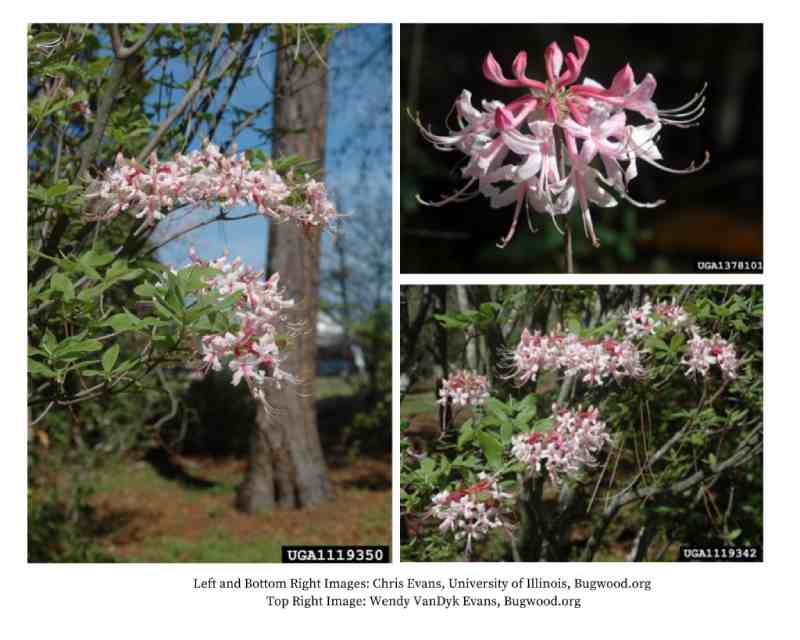
The piedmont azalea (Rhododendron canescens), also known as the mountain azalea, is a beautiful shrub native to the eastern USA. This native shrub has multiple woody stems with clusters of delicate – but showy – pink flowers. These fragrant flowers are popular with bumble bees in the spring time. Although, don’t let their beauty fool you, the piedmont azalea is poisonous if consumed by humans or pets! Just make sure your azaleas are in a well drained, but moist, soil. Using mulch can help your azaleas regulate their water retention and temperature.
| Plant type | Shrub |
| Foliage | Deciduous |
| Soil Moisture/pH | Average to Moist / Acidic |
| Flower Colors | White, Pink |
| Sun/Shade Conditions | Filtered Shade, Partial Shade |
| Size | 6-15′ Height / 6-10′ Width |
3. Red Spruce
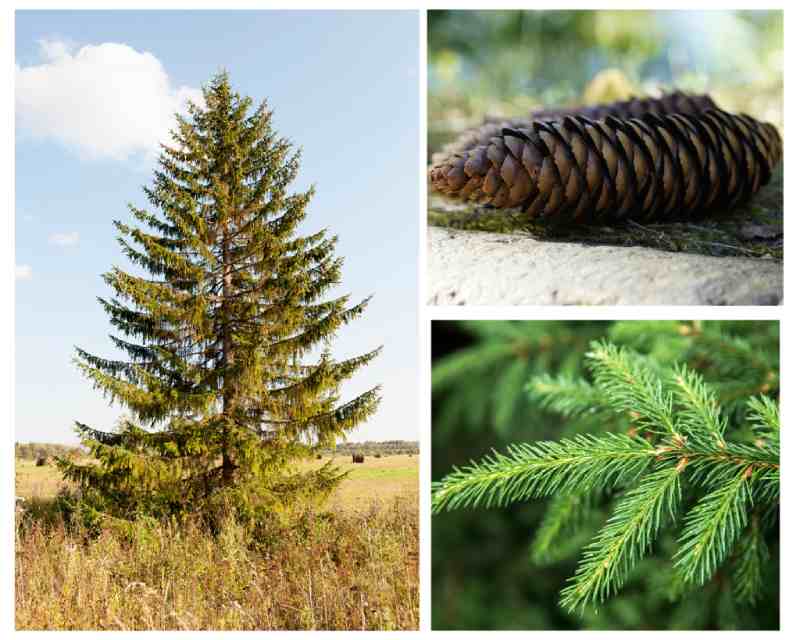
If you’re looking to fill a large space with a grand tree, the red spruce is for you. Red spruces (Picea rubens) are a vital resource for seed-eating birds. They also provide winter shelter to local wildlife. Once planted, red spruces ideally need eight frost-free weeks to properly establish themselves. Keep in mind, the red spruce grows slowly, but can live for hundreds of years! As a result, you’ll be contributing to the ecosystem for generations to come!
| Plant type | Coniferous Tree |
| Foliage | Evergreen |
| Soil Moisture/pH | Moist / Weak Alkaline-Acidic |
| Flower Colors | Yellow, Red |
| Sun/Shade Conditions | Full Sun, Part Shade |
| Size | 60’+ Height |
4. Inkberry Holly
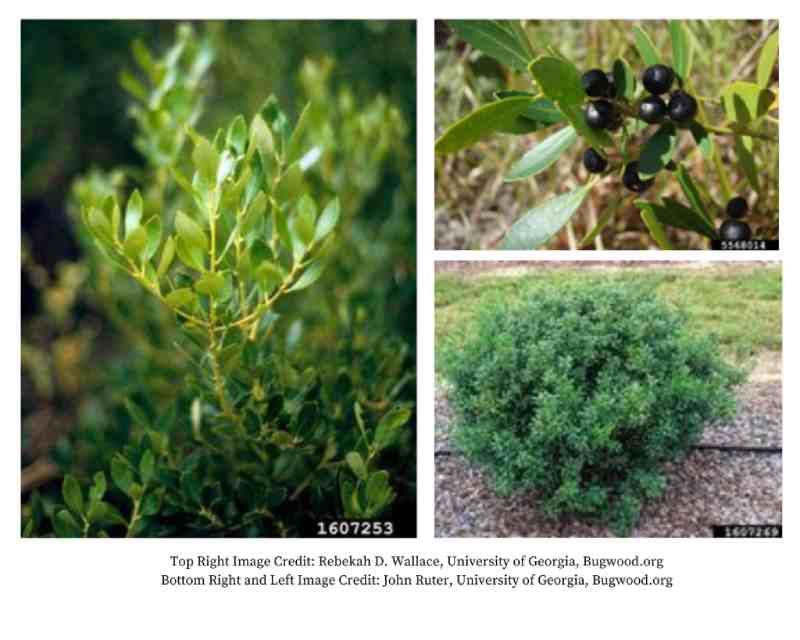
If you’re looking for a small and easy to maintain shrub, the inkberry holly (Ilex glabra) is the perfect match. Also know as the gallberry holly, this low-lying shrub grows in picturesque round shapes, which saves you the trouble of having to shape them! As a small but lush shrub, the inkberry is considered a good native alternative to boxwoods. With minimal pruning needs and a high adaptability, the inkberry is a simple hassle free edition to any yard! Fun fact – the signature black berries were once used to make ink, hence the name.
| Plant type | Shrub |
| Foliage | Evergreen |
| Soil Moisture/pH | Moist / Acidic-Neutral |
| Flower Colors | White |
| Sun/Shade Conditions | Part Shade |
| Size | 3-8′ Height |
5. Southern Crabapple
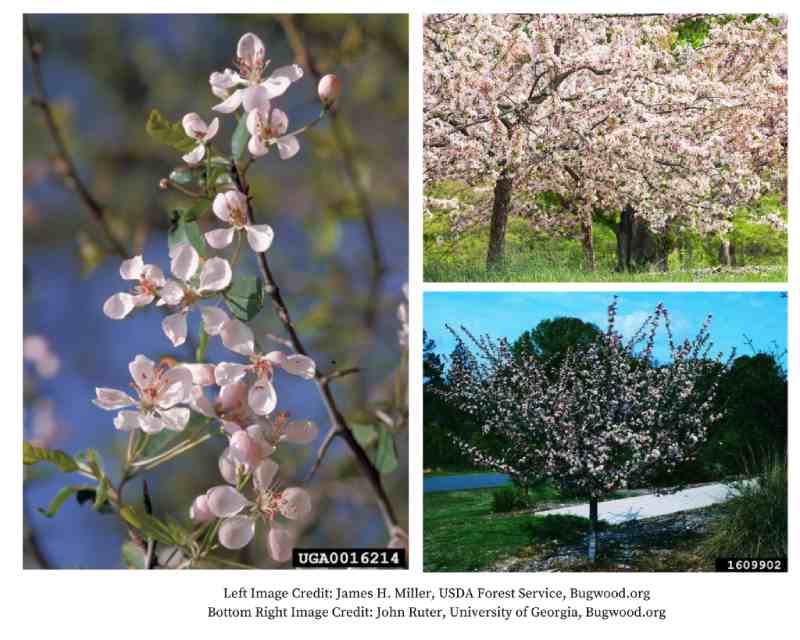
The southern crabapple (Malus angustifolia) is considered an ornamental beauty throughout all four seasons. From colorful fall foliage to vibrant spring blooms, this small tree will bear delicious fruit for you and the local wildlife to enjoy. Ensure that the tree gets plenty of sun to encourage the growth of flowers and fruit. Having good soil drainage is also key to avoiding future ailments for your southern crabapple.
| Plant type | Tree |
| Foliage | Deciduous |
| Soil Moisture/pH | Moist / Slightly Acidic |
| Flower Colors | Pink |
| Sun/Shade Conditions | Full Sun – Part Shade |
| Size | 20-30′ Height |
LET’S GET PLANTING!
Join us in enriching the environment this fall by planting one of these easy to maintain native plants! In doing so, you will be helping out beneficial pollinators and supporting local wildlife. In springs to come you will be rewarded with bountiful blooms to enjoy each year!


